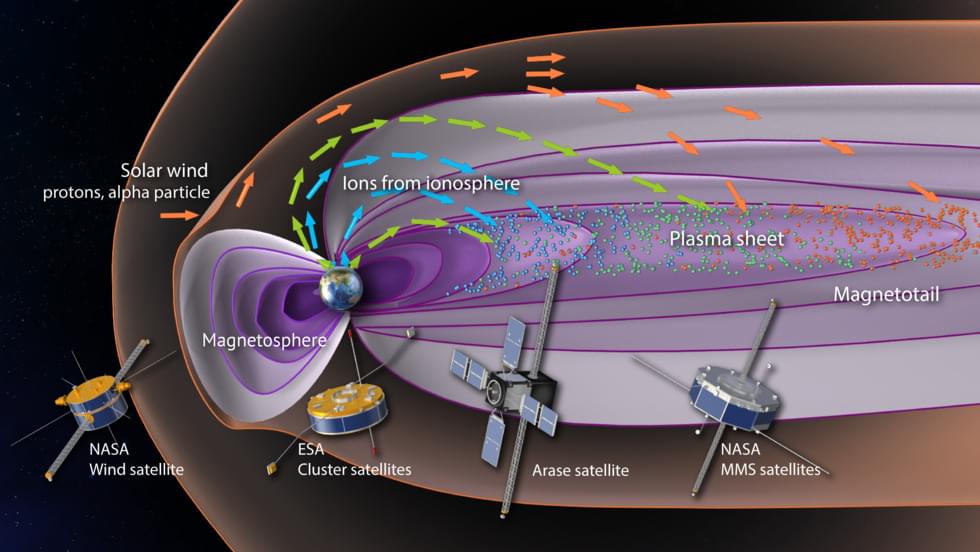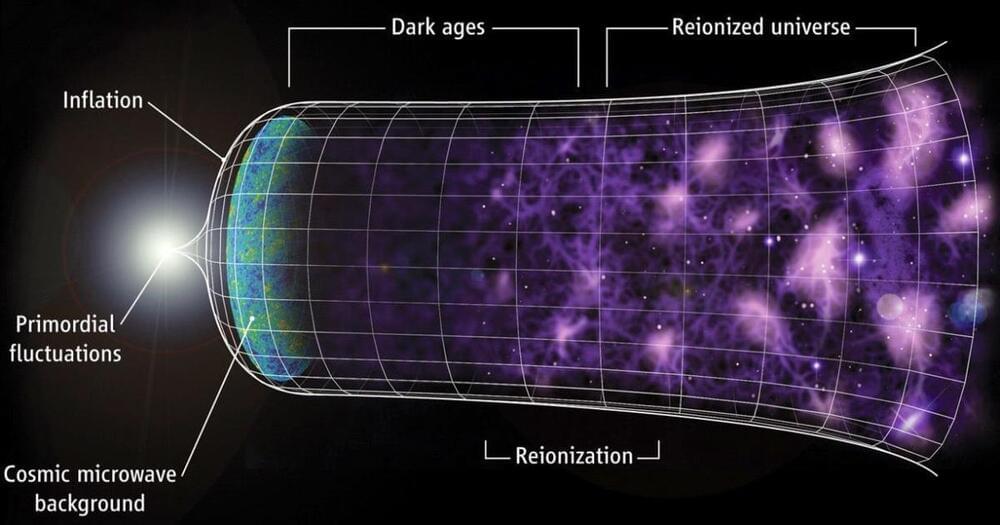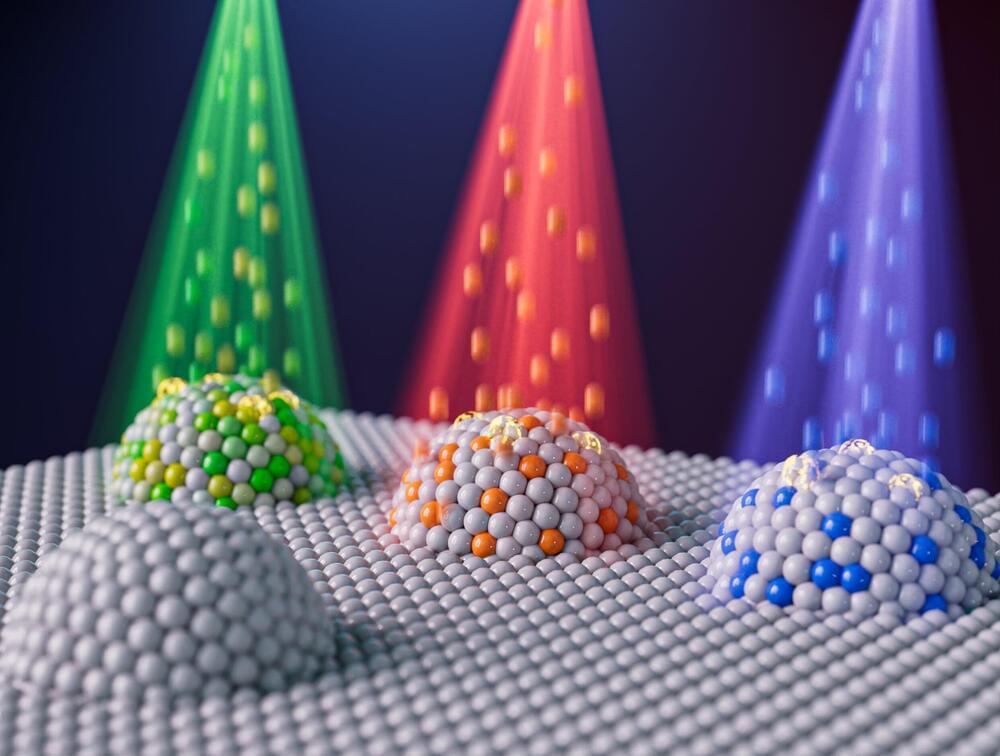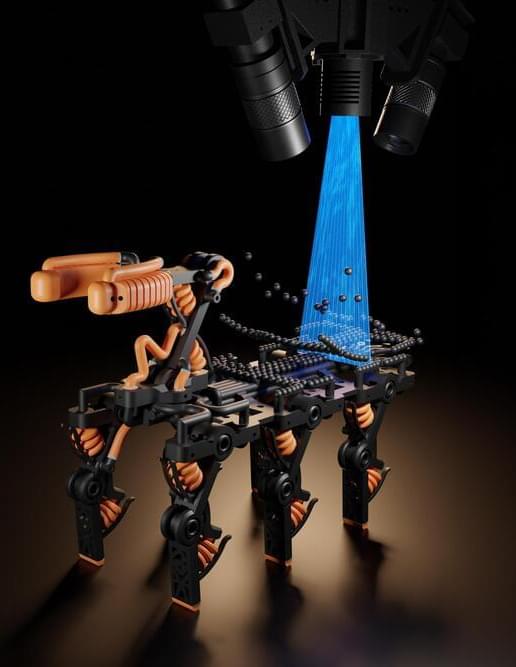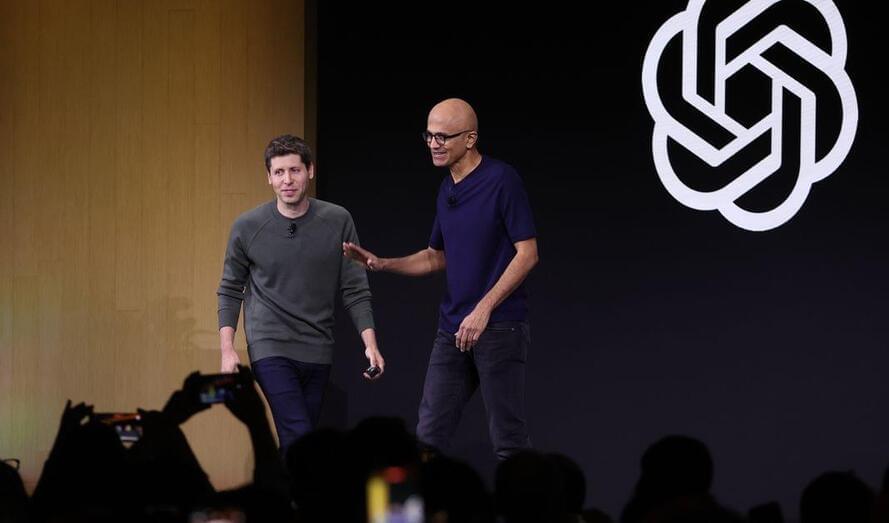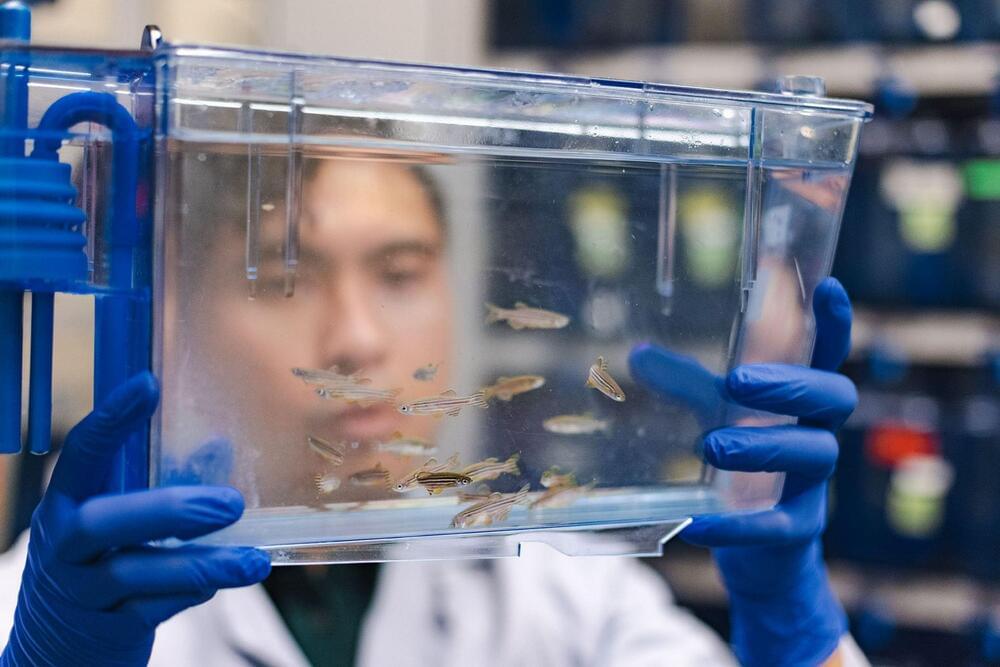Ken, a 36-year-old Uber and Lyft driver in Houston, drives about four to five hours per day — in addition to his full-time analyst job — to supplement his income. Last year, he earned a combined $25,000 driving for Uber and Lyft from about 2,000 trips, according to screenshots of earnings documents viewed by Business Insider.
While he accepts most rides, he said he prioritizes trips that pay at least $0.80 to $1.00 per mile, excluding vehicle expenses — a ride’s base pay and distance are displayed on the app. He also tries to avoid trips that take him too far out of Houston because he worries he won’t be able to find trips for the ride back. He calls these “empty miles.”
“I have seen a 50-mile trip that only $20 was offered,” Ken previously told Business Insider. “I wouldn’t be doing that.” He asked that his last name not be included for fear of professional repercussions.


